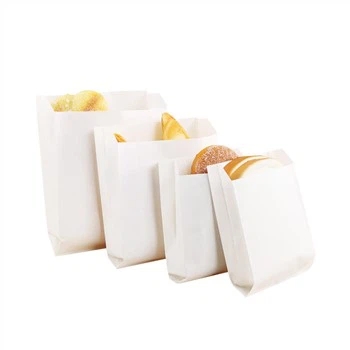What is Water-based Barrier Coating Paper?
In today’s packaging industry, the demand for sustainable and functional materials is growing rapidly. One such innovation leading the way is water-based barrier coating paper.
This eco-conscious solution offers a protective layer without relying on harmful plastic films or solvent-based coatings. But what exactly is it, how does it work, and why are more industries turning to it?
Let’s explore.
1. What is Water-based Barrier Coating?
Water-based barrier coating is a thin, protective layer applied to paper or paperboard surfaces using a water-based formulation.
Its purpose is to resist water, oil, grease, and other contaminants—providing barrier properties traditionally achieved through plastic lamination or wax coatings.
Unlike solvent-based coatings that release VOCs (volatile organic compounds), water-based coatings are environmentally friendlier and safer to produce and use.
The coating typically consists of polymers, additives, and sometimes natural materials like starch or clay, suspended in water.
2. How does Water-based Barrier Coating Work?
The barrier coating is applied through standard coating techniques such as rod coating, blade coating, or curtain coating. Once applied, the water in the formula evaporates, leaving behind a thin, uniform film that bonds with the paper’s surface.
This film blocks moisture, grease, and gas permeability, enhancing the durability and functionality of the paper without compromising its recyclability or flexibility.
The result is a cost-effective and sustainable barrier that still allows for printing, converting, and heat sealing—key properties for packaging applications.
3. Where is Water-based Barrier Coating Used?
Water-based barrier coatings are used across a wide range of industries where paper-based packaging is preferred over plastic:
-
Food packaging (e.g., burger wraps, paper cups, takeaway boxes)
-
Disposable tableware (e.g., plates, trays, containers)
-
Industrial and protective packaging
-
Personal care and hygiene product wrapping
-
Agricultural and seed packaging
With the rise of single-use items and stricter environmental regulations, water-based coatings offer a viable alternative to polyethylene (PE) lamination in many use cases.
4. Key Benefits of Water-based Barrier Coatings
Here’s why water-based coatings are gaining momentum:
-
Eco-friendly – Low VOC emissions and reduced reliance on plastic
-
Recyclable & Compostable – Enables easier recycling or biodegradation
-
Customizable Barrier Performance – Tailored resistance to moisture, oil, or oxygen
-
Food Safe – Complies with global food-contact standards
-
Cost-efficient – Less material usage, compatible with existing coating lines
-
Excellent Printability – Maintains surface properties for printing and branding
These advantages make it a compelling solution for companies aiming to meet sustainability goals without sacrificing performance.
5. Is Water-based Barrier Coating Eco-friendly?
Yes. One of the strongest selling points of water-based barrier coating is its environmental advantage. It avoids fossil-based plastics, emits minimal harmful fumes during application, and can reduce packaging’s carbon footprint significantly.
Many water-based coatings are also certified for compostability and designed for repulpability, meaning the coated paper can re-enter the paper recycling stream without extra separation processes.
As global regulations tighten on single-use plastics, water-based barrier coating paper presents an ideal solution for manufacturers seeking a greener future.
Conclusion
Water-based barrier coating paper combines sustainability with performance, offering industries a smarter way to package, protect, and promote products.
Whether you’re in food service, retail, or manufacturing, switching to water-based solutions can enhance your brand’s environmental credentials while meeting practical needs.
We also offer this paper solutions, please feel free to contact us!

